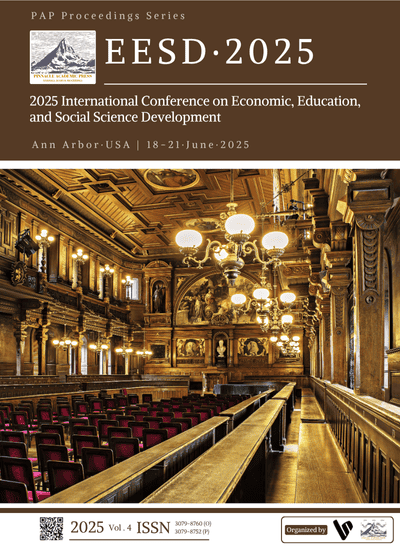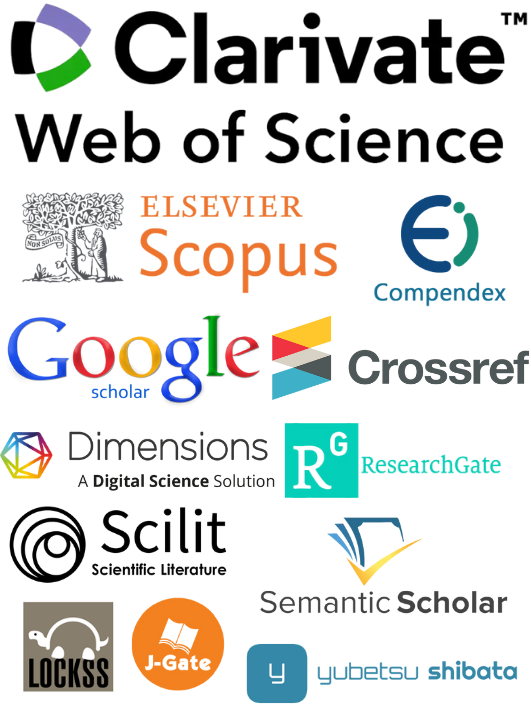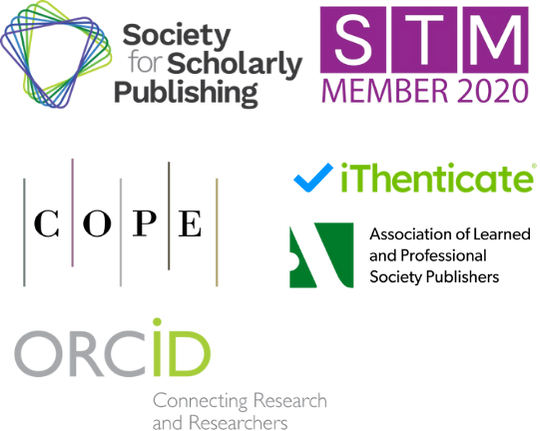Research on User Retention Management for Content-Based Media Platforms in the Algorithmic Recommendation Era
DOI:
https://doi.org/10.71222/jddt8z63Keywords:
user retention, algorithmic recommendation, multimodal neural networks, content-based media platforms, personalized retention strategies, user behavior analysis, social interaction integrationAbstract
Content-based media platforms, such as video streaming services and news applications, are confronted with fierce competition in user retention within the context of algorithmic recommendation dominance. While recommendation systems effectively enhance short-term user engagement, they often fall short in addressing long-term retention due to an over-reliance on clickstream data, a limitation that leads to the neglect of user psychological needs, dynamic changes in content quality, and the impact of social interactions. This study proposes a multimodal neural network framework designed to integrate heterogeneous data, including user behavior sequences (such as clicks and watch time), content semantic features (including text attributes and audio-visual characteristics), and social network interactions, for the purpose of predicting user retention and formulating personalized retention strategies. The framework adopts modality-specific encoders, where Transformer is used for temporal behavior data, CNN for content features, and GNN for social graphs, combined with cross-modal attention mechanisms to capture synergistic relationships such as the resonance between content and user interests. A multi-task learning objective is employed to simultaneously predict retention status (whether users remain active within 30 days) and time-to-churn, thereby enhancing practical applicability. Experimental validation based on a dataset from a video platform demonstrates that the proposed framework outperforms single-modality baseline models, with interpretability analyses identifying key factors driving retention, such as content diversity and the frequency of social engagement. This research advances user retention management by bridging behavioral analytics and user psychology, enabling content-based media platforms to reduce user churn through targeted interventions.
References
1. A. Kolomiiets, O. Mezentseva, and K. Kolesnikova, “Customer churn prediction in the software by subscription models it business using machine learning methods,” CEUR Workshop Proc., vol. 3039, 2021.
2. E. Thorgren, A. Mohammadinodooshan, and N. Carlsson, “Temporal dynamics of user engagement on Instagram: A com-parative analysis of album, photo, and video interactions,” in Proc. 16th ACM Web Sci. Conf., 2024, doi: 10.1145/3614419.3644029.
3. B. Ibrahim, “Social media marketing activities and brand loyalty: A meta-analysis examination,” J. Promot. Manag., vol. 28, no. 1, pp. 60–90, 2022, doi: 10.1080/10496491.2021.1955080.
4. Y. Zhang et al., “Attention is all you need: utilizing attention in AI-enabled drug discovery,” Brief. Bioinform., vol. 25, no. 1, 2023, doi: 10.1093/bib/bbad467.
5. H. Zhang et al., “Semi-supervised classification of graph convolutional networks with Laplacian rank constraints,” Neural Process. Lett., vol. 54, no. 4, pp. 2645–2656, 2022, doi: 10.1007/s11063-020-10404-7.
6. F. Gao, “The Role of Data Analytics in Enhancing Digital Platform User Engagement and Retention,” J. Media Journal. Commun. Stud., vol. 1, no. 1, pp. 10–17, Apr. 2025, doi: 10.71222/z27xzp64.
7. S. M. Lundberg and S.-I. Lee, “A unified approach to interpreting model predictions,” in Adv. Neural Inf. Process. Syst., vol. 30, 2017.
8. X. He et al., “Neural collaborative filtering,” in Proc. 26th Int. Conf. World Wide Web, 2017, doi: 10.1145/3038912.3052569.
9. A. I. Schein et al., “Methods and metrics for cold-start recommendations,” in Proc. 25th Annu. Int. ACM SIGIR Conf. Res. Dev. Inf. Retr., 2002, doi: 10.1145/564376.564421.
10. Z. Wu et al., “A comprehensive survey on graph neural networks,” IEEE Trans. Neural Netw. Learn. Syst., vol. 32, no. 1, pp. 4–24, 2020, doi: 10.1109/TNNLS.2020.2978386.
11. X. Chen et al., “Cmbf: Cross-modal-based fusion recommendation algorithm,” Sensors, vol. 21, no. 16, p. 5275, 2021, doi: 10.3390/s21165275.
12. S. Yang, “The Impact of Continuous Integration and Continuous Delivery on Software Development Efficiency,” J. Comput. Signal Syst. Res., vol. 2, no. 3, pp. 59–68, Apr. 2025, doi: 10.71222/pzvfqm21.
13. J. Xu, “Analysis of social media algorithm recommendation system,” Stud. Soc. Sci. Humanit., vol. 1, no. 3, pp. 57–63, 2022, doi: 10.56397/SSSH.2022.10.06.
14. L. Vaiani et al., “Leveraging multimodal content for podcast summarization,” in Proc. 37th ACM/SIGAPP Symp. Appl. Comput., 2022, doi: 10.1145/3477314.3507106.
15. H. Rahman et al., “IBM Telco Customer Churn Prediction with Survival Analysis,” in Proc. Int. Conf. Adv. Technol. Multidiscip. (ICATAM 2024), vol. 245, Springer Nature, 2024, doi: 10.2991/978-94-6463-566-9_25.
16. A. Boyapati et al., “Transformer based ensemble framework for sequential user behavior prediction,” in Conf. AI, Sci., Eng., Technol. (AIxSET), IEEE, 2024, doi: 10.1109/AIxSET62544.2024.00045.
17. B. Wu, "Market Research and Product Planning in E-commerce Projects: A Systematic Analysis of Strategies and Methods," Acad. J. Bus. Manag., vol. 7, no. 3, pp. 45–53, 2025.
18. L. Yun, “Analyzing Credit Risk Management in the Digital Age: Challenges and Solutions,” Econ. Manag. Innov., vol. 2, no. 2, pp. 81–92, Apr. 2025, doi: 10.71222/ps8sw070.
19. A. Vaswani et al., “Attention is all you need,” in Adv. Neural Inf. Process. Syst., vol. 30, 2017.
20. N. Houlsby et al., “Parameter-efficient transfer learning for NLP,” in Proc. Int. Conf. Mach. Learn., PMLR, 2019.
21. P. Li et al., “Multimodal recommendation system based on cross self-attention fusion,” Syst., vol. 13, no. 1, p. 57, 2025, doi: 10.3390/systems13010057.
22. A. Tian et al., “RA-GCN: Relational aggregation graph convolutional network for knowledge graph completion,” in Proc. 2020 12th Int. Conf. Mach. Learn. Comput., 2020, doi: 10.1145/3383972.3384067.
23. D. K. Yadav, R. Shukla, and V. Yadav, “An efficient collaborative recommender system for textbooks using silhouette index and K-means clustering technique,” Int. J. Adv. Intell. Paradigms, vol. 19, no. 2, pp. 233–242, 2021, doi: 10.1504/IJAIP.2021.115251.
24. L. Yun, "Analyzing Credit Risk Management in the Digital Age: Challenges and Solutions," Econ. Manag. Innov., vol. 2, no. 2, pp. 81–92, Apr. 2025.
25. C. Ajaegbu, “An optimized item-based collaborative filtering algorithm,” J. Ambient Intell. Humaniz. Comput., vol. 12, no. 12, pp. 10629–10636, 2021, doi: 10.1007/s12652-020-02876-1.
26. H. Song, W. J. Ruan, and Y. J. J. Jeon, “An integrated approach to the purchase decision making process of food-delivery apps: Focusing on the TAM and AIDA models,” Int. J. Hosp. Manag., vol. 95, 2021, Art. no. 102943, doi: 10.1016/j.ijhm.2021.102943.
Downloads
Published
Issue
Section
License
Copyright (c) 2025 Zhaoyu Wang (Author)

This work is licensed under a Creative Commons Attribution 4.0 International License.



